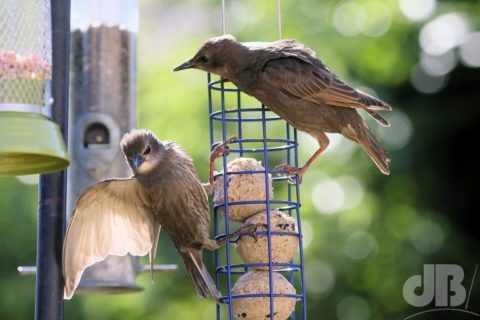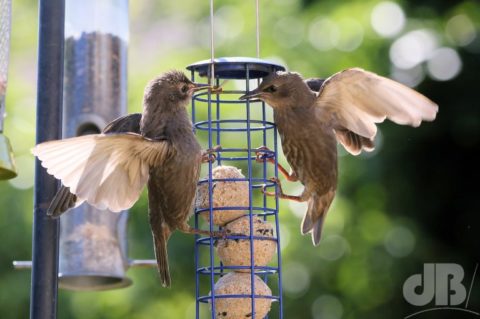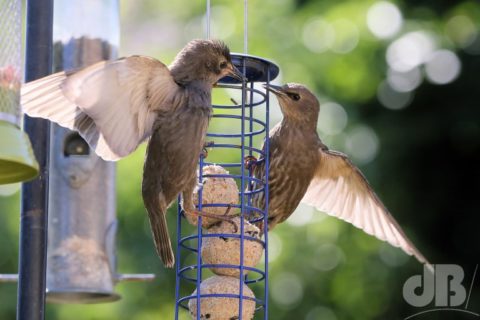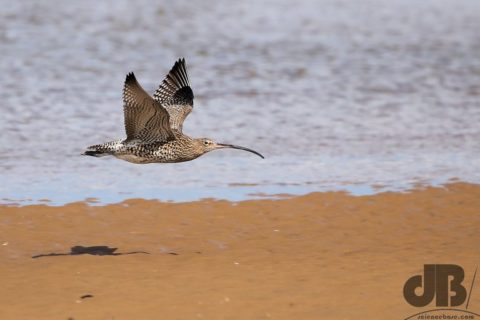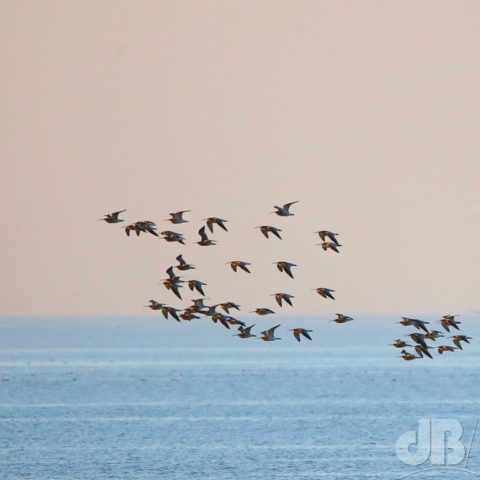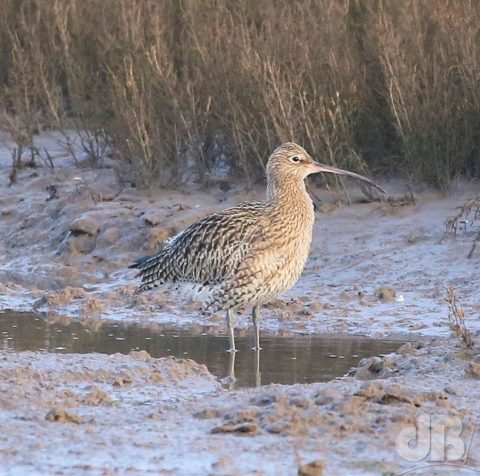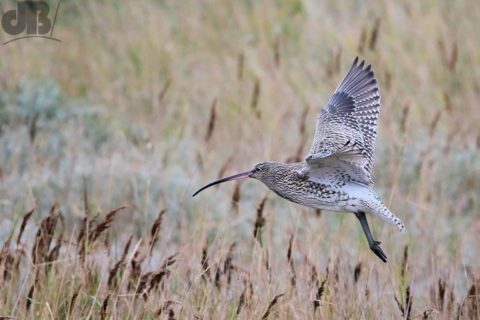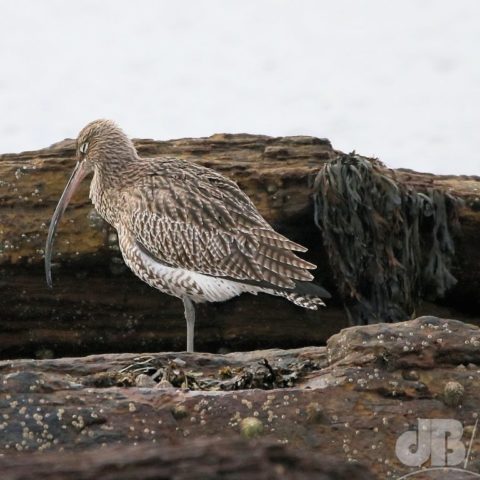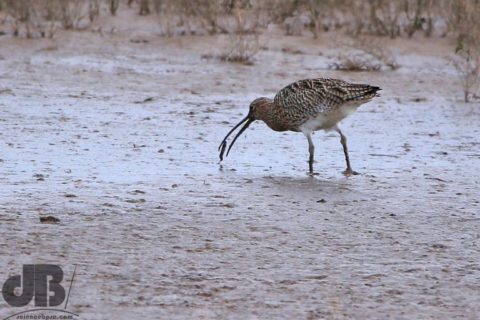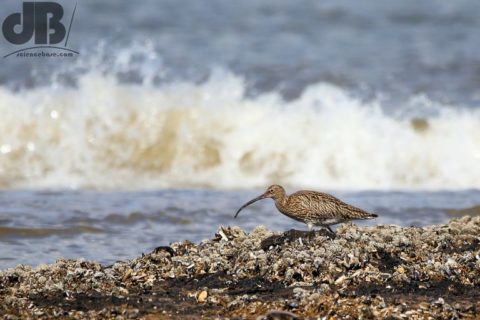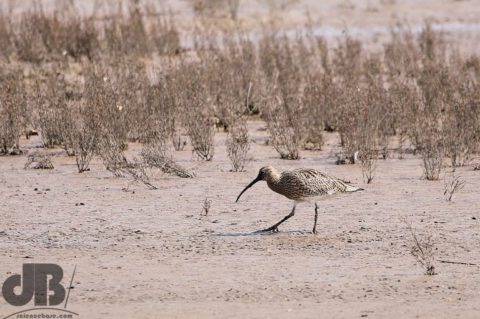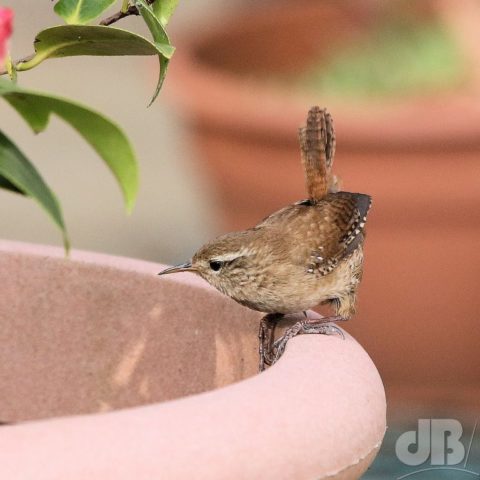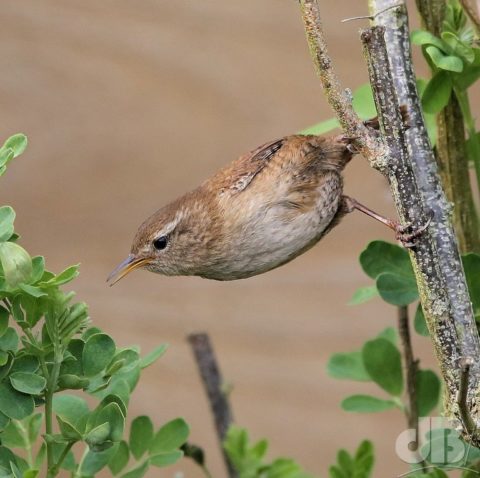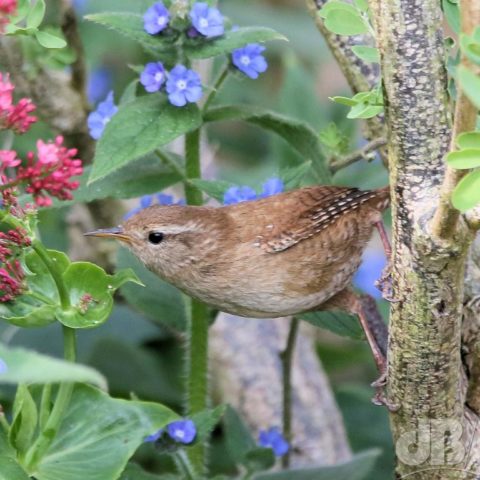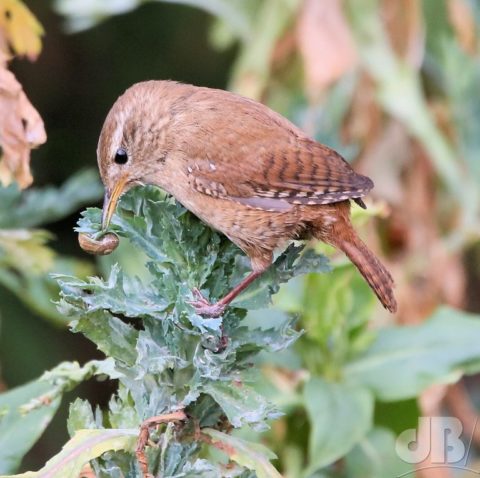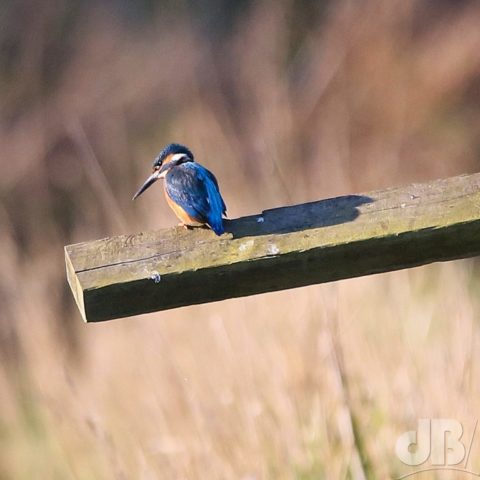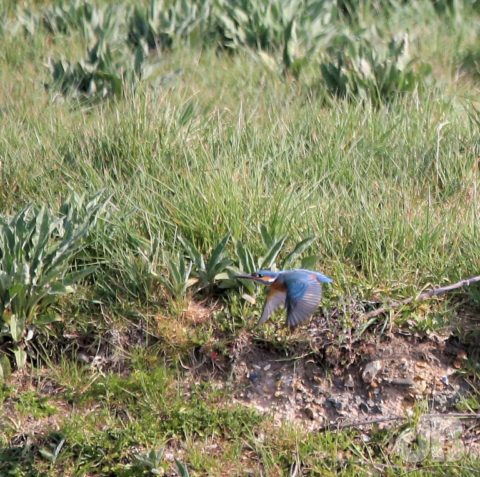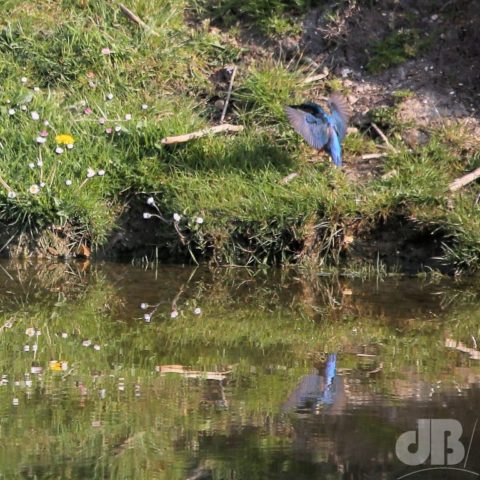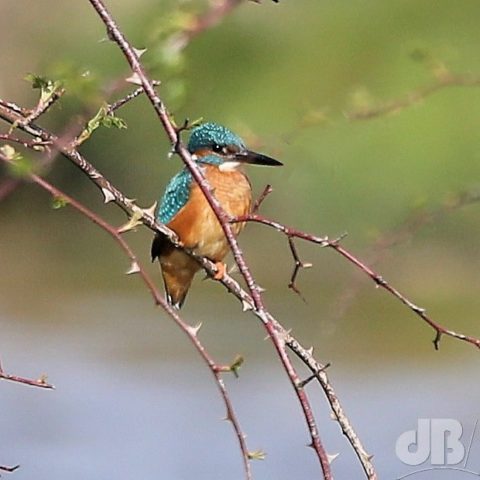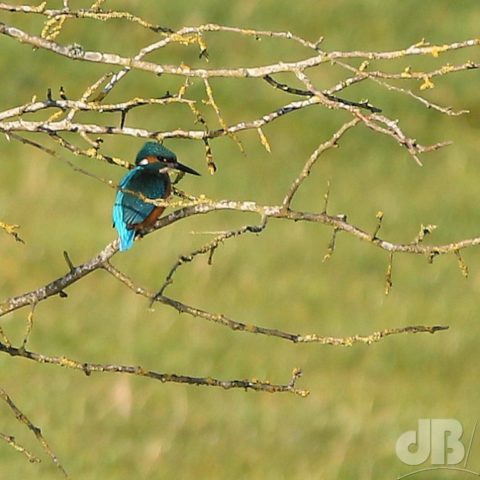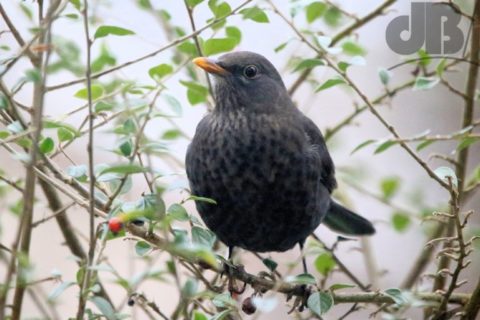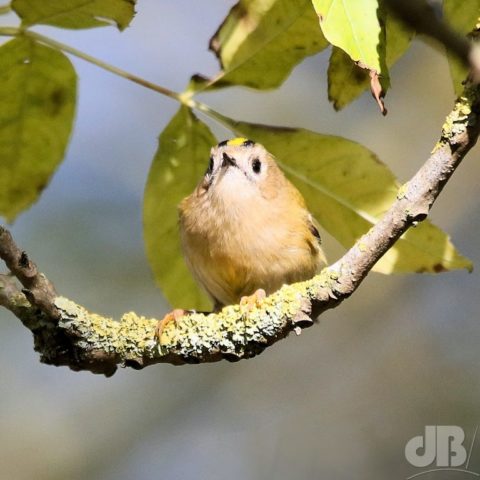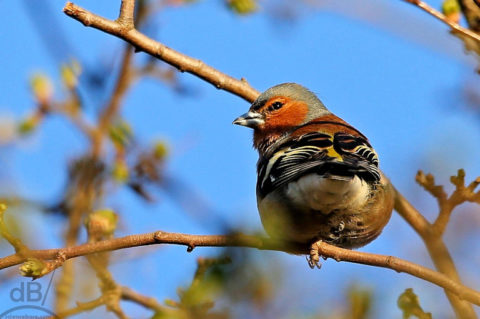UPDATE: 22nd May 2025 – Several Red-footed Falcons recorded locally this year at RSPB Ouse Washes, RSPB Fowlmere, NT Burwell Fen, Swaffham Prior village, Bluntisham village and nearby RSPB Ouse Fen (among lots of Hobbies), as well as Etton-Maxey Pits (north of Peterborough). None so far at RSPB Fen Drayton as there had been in 2024 and the year of this post 2020. Indeed, Birdguides does not have any local sightings for 2021-2023. There have been quite a few around England this year and in all previous years going back to the date of my original post in June 2020.
The red-footed falcon, Falco vespertinus, is usually found in eastern Europe and Asia but its numbers are falling because of habitat loss (what a surprise) and hunting (ditto). It is usually migrates south to Africa in the Winter. Occasionally vagrants are seen in western Europe in the summer.
Interestingly, one has been hanging around this last week or so at RSPB Fen Drayton, which is close to a village not far from us here in Cottenham. It’s apparently a first-year female so obviously not the same bird that has been seen on the same patch in previous years. We paid a visit to the reserve today and although light levels were poor for photography and the bird was perching on fence posts about 400-500 metres away from the guided busway that runs through the site, we got a good view of her and a few photos for the gallery. A first summer male was seen at Grafham Water.

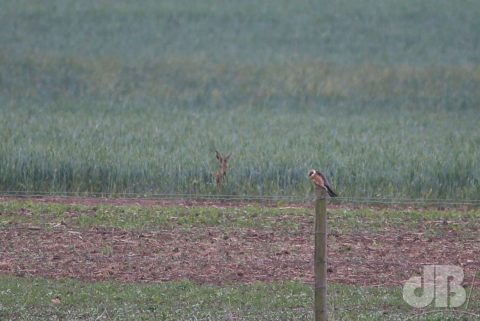
The whole time we were watching, a Cetti’s Warbler was calling noisily from the trees behind us and there was a cuckoo doing its cuckoo thing not much further along the line of trees parallel to the busway.
Once home again, I heard on the birding grapevine that a Fulmar (a seabird many kilometres away from its normal range, although they do breed in Hunstanton in North Norfolk, apparently) had been seen flying over the woodland that nestles in the farmland between us and our village neighbour. There is also a Marsh Warbler showing nicely at NT Wicken Fen. This species usually spends the summer in Continental Europe (not Iberia, France, nor Italy though) and is another interesting vagrant to this area. One has to wonder whether lockdown and our changing habits and reduced activity over the last few weeks is changing the habits of some of these avian species.
